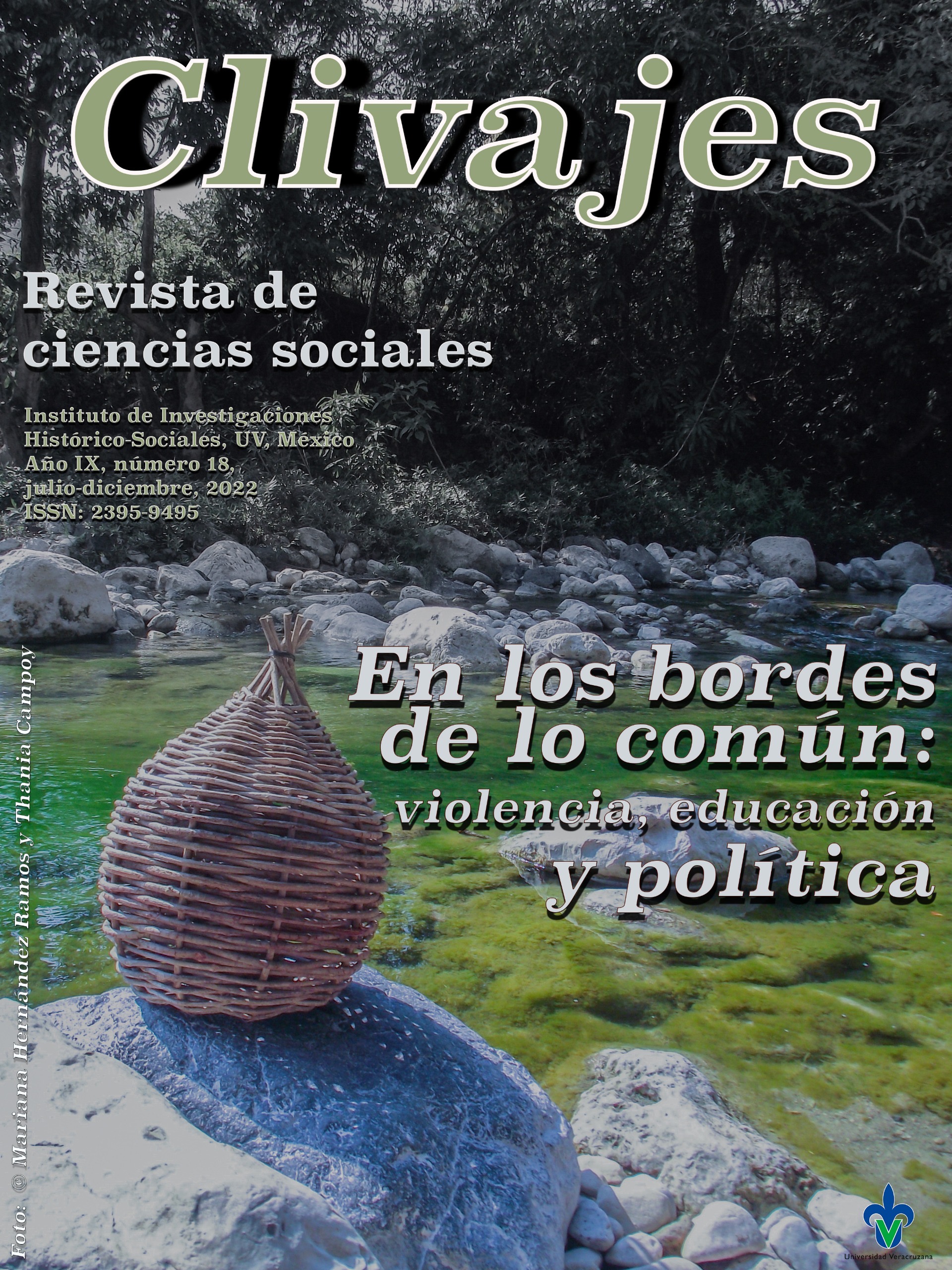Abstract
Under the premise that social phenomena influence (if not determine) psychological phenomena, this article describes some historical-social conditions that influenced the U.S migration policy during Donald Trump’s administration. First, the main actions of immigration control on the Mexico- U.S. border since the last century are reviewed. Then, the hostile environment fostered by the former president (before and during his presidential management) is described. Finally, the applications of a public Mexican university in an area with the highest rates of return migration nationwide during the former president’s government are examined, to encourage reflections on these two issues.
From the records of 174 data, these applications identify differences in the characteristics of the applicants (sex, age, relationship of the person in charge and time abroad) in two specific times: the presidential inauguration of Donald Trump and the year of restrictions due to the sars-cov-2 pandemic. Knowledge of these conditions facilitates coherent actions to take advantage of return migrants in highest educative institutions. However, to achieve this purpose, it is necessary to examine the concordances and differences of these findings with other higher education institutions interested in return migration flows to Mexico.
Keywords: Return migration, Sanctuary universities, Access to education


